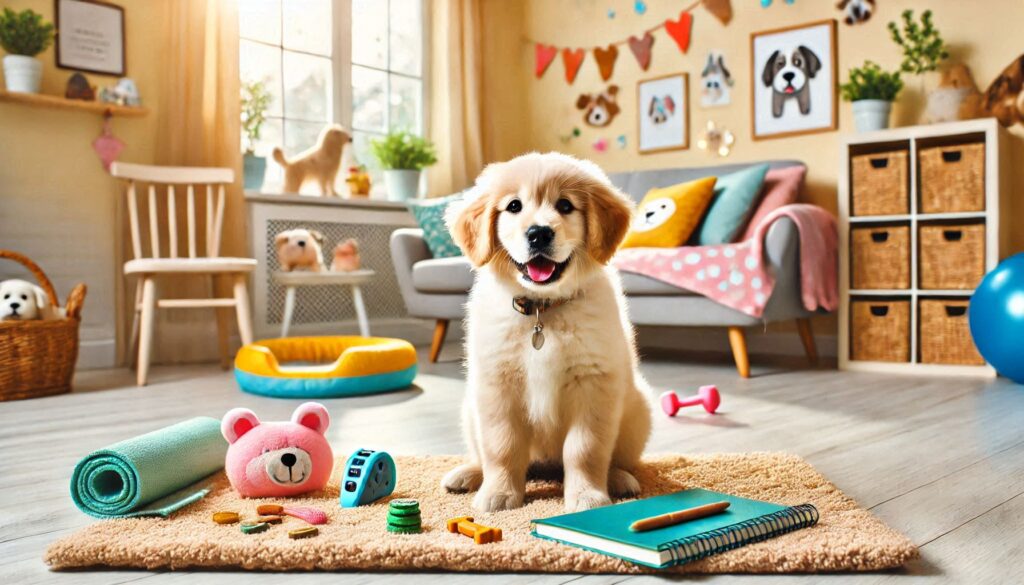Introduction
Bringing a new puppy into your home comes with many decisions, one of the most important being whether to crate train or allow free roaming. Both methods have their benefits and drawbacks, and the right choice depends on your puppy’s needs, lifestyle, and training goals.
What is Crate Training?

Crate training involves using a crate as a designated safe space for your puppy. The crate mimics a den-like environment where your puppy can rest, sleep, and learn proper behavior.
Benefits of Crate Training
- Aids in Housebreaking: Puppies instinctively avoid soiling their sleeping areas, making potty training easier.
- Provides a Safe Space: The crate offers a secure environment, reducing anxiety and preventing destructive behaviors.
- Facilitates Travel & Vet Visits: A crate-trained dog is more comfortable with transport and confinement in unfamiliar settings.
- Prevents Unsupervised Accidents: Puppies can’t chew furniture, wires, or other hazardous objects while crated.
Drawbacks of Crate Training
- Requires Consistency & Patience: Misuse of the crate (such as using it for punishment) can create fear and resistance.
- Potential for Overuse: Keeping a puppy crated for too long can lead to boredom and frustration.
- Initial Adjustment Period: Some puppies may resist the crate at first and require gradual conditioning.
What is Free Roaming?
Free roaming allows a puppy to move freely within designated areas of the home without confinement to a crate.
Benefits of Free Roaming
- Encourages Independence: Puppies learn to navigate their environment and make responsible choices.
- More Freedom & Exercise: Provides room to explore, play, and expend energy.
- No Adjustment Period for Confinement: Puppies don’t have to acclimate to being in a confined space.
Drawbacks of Free Roaming
- Risk of Accidents & Destruction: Without supervision, puppies may chew, scratch, or soil in unwanted areas.
- Difficult Housebreaking Process: Without boundaries, puppies may not learn proper potty training habits as quickly.
- Safety Concerns: Exposure to household hazards, such as electrical cords or harmful substances, can be dangerous.
Which Option is Best for Puppy Training?

The best choice depends on several factors:
- Age & Breed: Younger puppies or highly energetic breeds may benefit from crate training to prevent destructive behavior.
- Owner’s Lifestyle: If you’re home often and can supervise, free roaming may be a viable option.
- Training Goals: If housebreaking and structure are priorities, crate training is often more effective.
- Compromise Approach: Many owners opt for a combination—using a crate for training and sleep while allowing supervised free roaming during waking hours.
Conclusion
Both crate training and free roaming have their advantages and challenges. Understanding your puppy’s needs and providing balanced training methods will ensure a happy, well-adjusted companion. Whether you choose crate training, free roaming, or a mix of both, consistency and positive reinforcement are key to successful puppy training.




